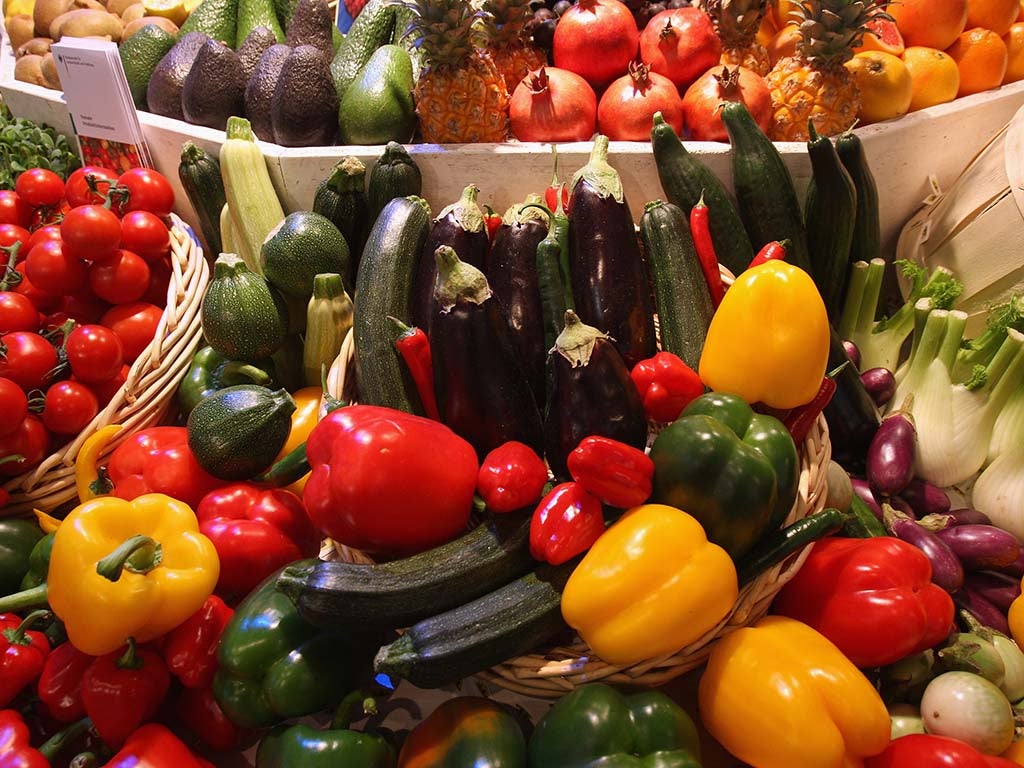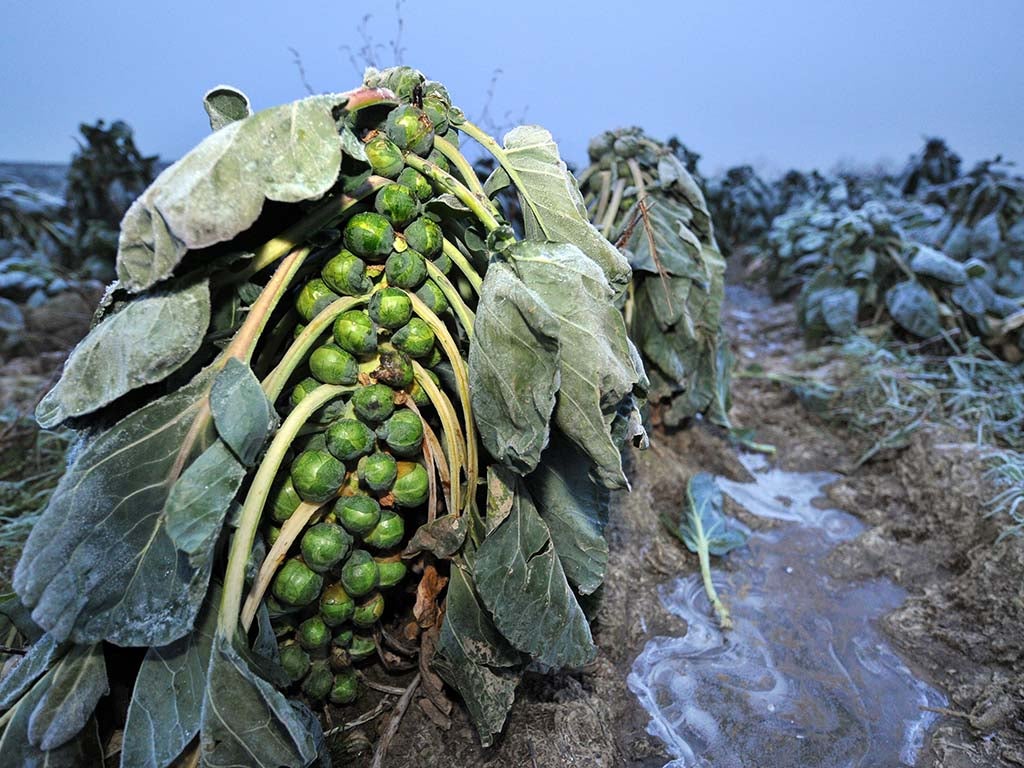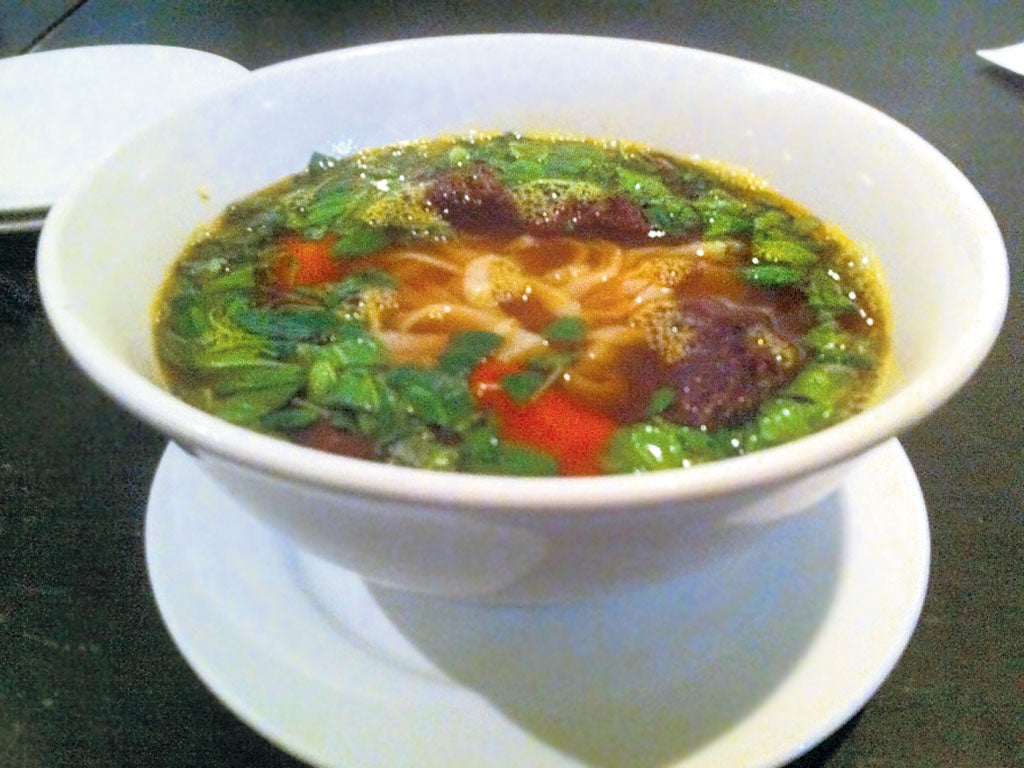How to get children to eat vegetables
Many parents struggle with getting their kids to try healthy foods, but there are methods children respond well to (and other bad habits they mimic)

Vegetables are better for children than crisps, fizz, sweets and burgers. Vitamins, fibre and antioxidants are more likely to ensure a healthy, lively slim child than sugar and crisps. We all know it. It isn’t exactly headline news.
A survey in March found that only one in five children eat vegetables every day, and ten per cent refuse to eat vegetables at all. Action on Sugar say one in five 10 to 11-year-olds in the UK are now obese, while one in three are overweight. So why do so many desperate parents allow children to fill up on junk food to the exclusion of anything green and leafy?
Many children start refusing vegetables as toddlers. It’s partly the taste. “Most vegetables are not as innately pleasing to the human palate as many of the modern processed alternatives which have been designed to be very appealing,” says Jane Wardle, Professor of Clinical Psychology at University College London’s Department of Epidemiology and Public Health. “Many are an ‘acquired taste’ – you can get to like them but it takes time. Few of us look back fondly on our first sprout.”

And of course there are plenty of ways of encouraging a child to try pea, beans, leaves and roots so that they acquire new tastes. “Offer a vegetable and recognise that it may take many repetitions to persuade a child to sample something new” suggests clinical psychologist Edward Abramson PhD, Professor Emeritus at California State University.
“Start with a tiny taste – a piece smaller than a finger nail – and offer a sticker reward for tasting” advises Wardle who recommends the Tiny Tastes game.
Food neophobia – a fear of new foods – is probably natural and inherited. We are born preferring the sweet taste of high energy food. It was useful for survival, when food was scarce, if an early human being could get a lot of calories without much effort – from honey for example. The same unchecked instinct, given our sedentary life style is a major factor in worsening 21 century obesity throughout the developed world.
Many experts believe that chariness about unfamiliar tastes is an evolutionary safety mechanism to protect wandering small children from, for example, poisonous berries. And perhaps it helps anxious parents to understand that children are programmed to react like this. They are not necessarily just being awkward or rebellious.
Parental attitudes may, in some cases, exacerbate the problem. Children watch and imitate adults. It is how they learn. If a child doesn’t see adults enthusiastically tucking into vegetables then he or she is unlikely to take to them. “Don’t let Dad tell the kids he doesn’t like vegetables” says Wardle firmly.
“Vegetables tend to come with a topping of parental pressure anyway” says Wardle. “How often have you had to say ‘finish your chips’ as opposed to ‘finish your salad’? There is nothing wrong with a bit of pressure but children may read the underlying message: ‘this isn’t very nice but you’ve got to do it.’ “
So what about strategies for concealing vegetables? One company which manufactures pasta sauce has just introduced a range called Hidden Vegetables to enable parents to get vegetables into their children’s stomachs unseen and without battles. It’s a clever marketing idea. It would probably work too but it still isn’t really doing anything to help the child change his or her long term eating habits.

Jane Wardle recommends putting tiny pieces of vegetable in soups and casseroles and gradually making the pieces chunkier as the child gets used to them. According to a survey by Ragu pasta sauces the most popular vegetables with children are carrots, peas, cucumber, corn and broccoli. The thumbs down goes to Brussels sprouts, cabbage, spinach, swede/turnip and mushrooms.
When I was a young mother struggling to get vegetables into my children I used to put them in quiches, finely chopped. And both boys would happily eat thinly sliced parsnip in a baked gratin dish although neither would consider it roasted or boiled in chunks. They’d cheerfully, and knowingly, eat chopped spinach in sauces and other dishes too although noses would have been turned up at a heap of wet soggy leaves on a plate. It was a matter of finding ways of serving vegetables palatably rather than hiding them. The Ragu survey found that 32 per cent of parents try to disguise vegetables and 26 per cent mix them in sauces. It is, surely, a matter of being adaptable and developing strategies - and positively role modelling every day that vegetables are great and not just an unpleasant but necessary evil imposed on hapless children by horrid adults.
And if you want to tell a few harmless porkies I don’t suppose the children will actually believe that broccoli will put hairs on their chests or that spinach make them as strong as Popeye - any more than most really believe in the tooth fairy and Father Christmas once they’re old enough to think straight. And there is even a grain of truth in the old one about carrots helping you see in the dark – vitamin A, retinol and all that. Parents and grandparents have always told white lies with a twinkle. My grandmother used to tell me that eating cabbage would make my hair curl. Even at about three I knew it was nonsense (and my hair was OK as it was, I thought) but I humoured her. Sometimes I even ate those pesky greens. I’m hardly a traumatised adult and today I eat any vegetable with real pleasure.
Join our commenting forum
Join thought-provoking conversations, follow other Independent readers and see their replies
Comments
Bookmark popover
Removed from bookmarks